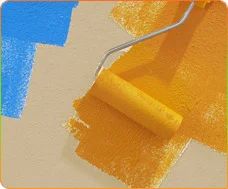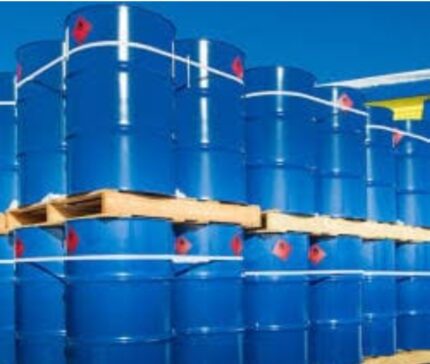Product Description
Dimethylethanolamine is a clear, colorless, mobile liquid with an ammoniacal odor. It is miscible with water, alcohols, ether, and aromatic solvents. Since it contains both a tertiary amine group and a hydroxyl group, it undergoes reactions typical of amines and alcohols.
Structure: (CH3)2N-CH2-CH2-OH
Molecular Weight: 89.14
Chemical Name: N, N-Dimethylethanolamine
CAS Number: 108 – 01 – 0
Specifications:
Appearance at 25°C: Clear Viscous Liquid
Color: Colorless to Pale Yellow
% Water: 0.2 Max.
% Purity: 99.0 Min
Method of Analysis:
Methods of analysis are available upon request.
Typical Data:
Chemical and Physical Data Typical Values:
Specific Gravity, 20/20 ºC: 0.888 – 0.889
Flash Point (°C): About 50
Solubility:
The solubility at 20°C is as follows: Water soluble
Applications:
Dimethylethanolamine is used in the preparation of water-reducible coating formulations. Government regulations covering the amount of organic solvent allowable in the air have spurred a search for emission control procedures. One of the most promising is the replacement of the organic solvent by water. The resins used in coating formulations are not water soluble, but can be made so by reacting them with the amine.
Dimethylethanolamine is one of the raw materials used to make dimethylaminoethyl methacrylate. Polymers produced from the methacrylate are useful as antistatic agents, soil conditioners, electrically conducting materials, paper auxiliaries, and flocculating agents.
Dimethylethanolamine can be used to control corrosion in boiler water condensate return lines. The dimethylethanolamine boils with the steam and is carried with it throughout the system. When the steam condenses, the dimethylethanolamine neutralizes any acidic components present in the condensate, thereby controlling the corrosion which would otherwise occur.
The use of dimethylethanolamine has been studied in other applications. Some of these areas are:
Preparation of resins which can be used to increase the dry strength or wet strength of paper.
Preparation of a good treatment which imparts water repellency and fungus resistance to kiln-dried lumber.
Preparation of textile assistants.
Improvement of polyalkene dyeability by mixing the polyalkene with a dimethylethanolamine-treated copolymer of ethylene and an acrylate or maleate.
Preparation of catalysts for polymerizing olefin oxides and olefin sulfides.
Stabilization of perchloroethylene by the addition of epichlorohydrin, propargyl alcohol, and dimethylethanolamine.
Preparation of an antistatic agent for polystyrene.
Preparation of a bonding agent for bonding thermoplastic organic polymers to conductive substrates.








Reviews
There are no reviews yet.